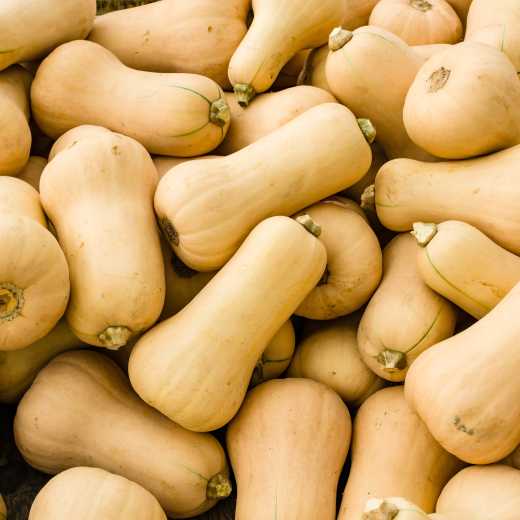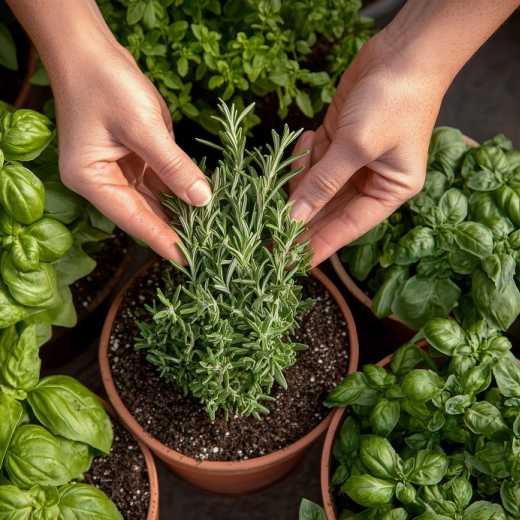Seed Saving Secrets
Pat Neasbitt Master Gardener
Seed Saving Secrets
Collecting seeds to grow plants and share with others is part of the enjoyment of being a gardener. You can save seeds to make sure you have the plants next year that you want. The price of seeds, like everything else, has risen dramatically, and saving seeds can save you lots of money. Besides being frugal, it’s fun to save your own seeds.
What to Save: Only save seeds from Heirloom or Open Pollinated varieties so they will be true to type when grown in your garden. If you try to save seeds from Hybrid varieties, you have no idea what the seedlings will produce. Flowers will probably be puny, faded magenta-looking blooms that are nothing like the plant you saved the seeds from, and vegetables may be inedible. It is difficult or impossible to find seeds from many older varieties of vegetables and flowers so saving seeds will ensure you always have your favorites. Heirloom tomatoes are some of the best-tasting tomatoes, and that’s why many people like to grow them. You will never eat a store-bought tomato again after growing and harvesting vine-ripe tomatoes that you have grown from seeds you saved and grew yourself.
Selecting and Cleaning Seeds: When choosing the plants for seed saving, pick the healthiest, most vigorous plants with the largest fruits or the prettiest flowers. Judging the correct time for harvest may require some watching to get fully ripened fruits, vegetables, or flowers. You may also have to outwit the birds and wildlife because they know exactly when things are ready to pick.
Most seeds just need to be spread on an absorbent material to dry for several days before storing. I usually borrow part of my husband's workbench in the garage because it is warm and dry there and lay down a layer of newspaper to spread the seeds out on. It is easy to fold the newspaper into a funnel to put the seeds into their final storage container when they are ready. The smaller the seeds, the less time they take to dry thoroughly.
Cleaning seeds like tomatoes and cucumbers from their fleshy parts is easier if you let them ferment for 3 or 4 days. Use a spoon to scoop out the seeds and put them in a glass container (don't use metal containers) and fill with enough water to cover the seeds. In a couple of days a layer of fungus will form that will digest most of the flesh left around the seeds. Stir a couple of times during the fermentation period to speed up the process and, at the end of the fermentation period, add warm water and stir. Continue stirring and adding water so the good seeds will settle to the bottom of the container while the pulp and hollow seeds will float and can be skimmed off. When the water is clear, strain the seeds through a tea strainer to collect them. Spread the wet seeds on paper towels or newspapers and allow them to thoroughly dry before bagging.
Package seeds in plastic or paper envelopes when the seeds are cleaned. The key is to make sure the seeds are as dry as possible before storing them. It is a good idea to keep a label with each seed lot throughout the cleaning process, especially if you are working with several varieties of the same plant. Be sure to date each container.
Seed Storage: Most seeds can be stored for up to two years under just normal room temperature conditions, provided the moisture content of the seed was below 10 percent when the seed was placed in storage and provided they are sealed in airtight containers and kept in a dark place like a kitchen cabinet. A large-mouth fruit jar makes an excellent container for many small seed packets. If you wish to store the seeds for up to five years, store them in the refrigerator in a sealed container. To further extend the storage life, store seeds in the freezer in freezer bags or canning jars and most will remain viable for 10 years or longer. I have a seed-saving shelf in a freezer in the garage where I keep all my seeds in freezer bags (not storage bags) organized in plastic containers and labeled so I can find them easily.
This is the perfect time of year to start harvesing and saving seeds for next year's vegetable or flower garden. It is fun, frugal, and you'll have exactly what you want when you get ready to plant.
Happy Gardening!

 Member Login
Member Login






